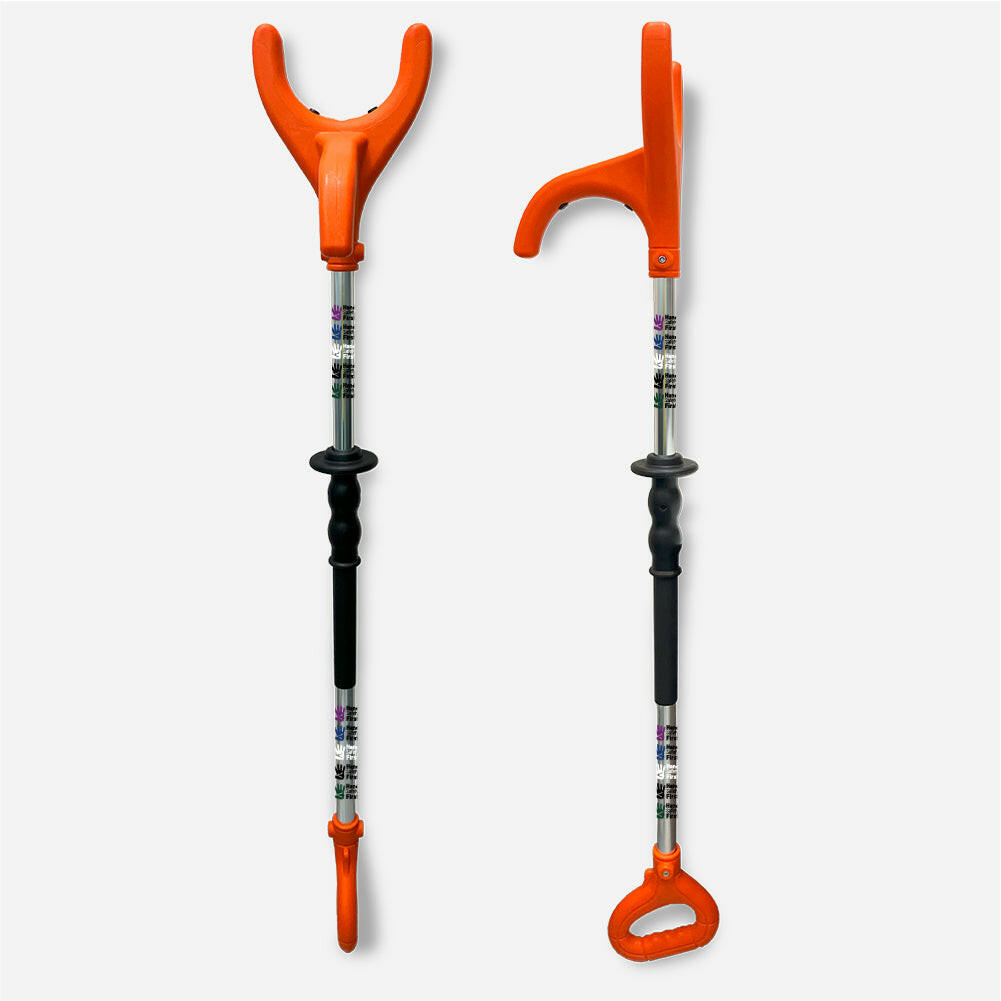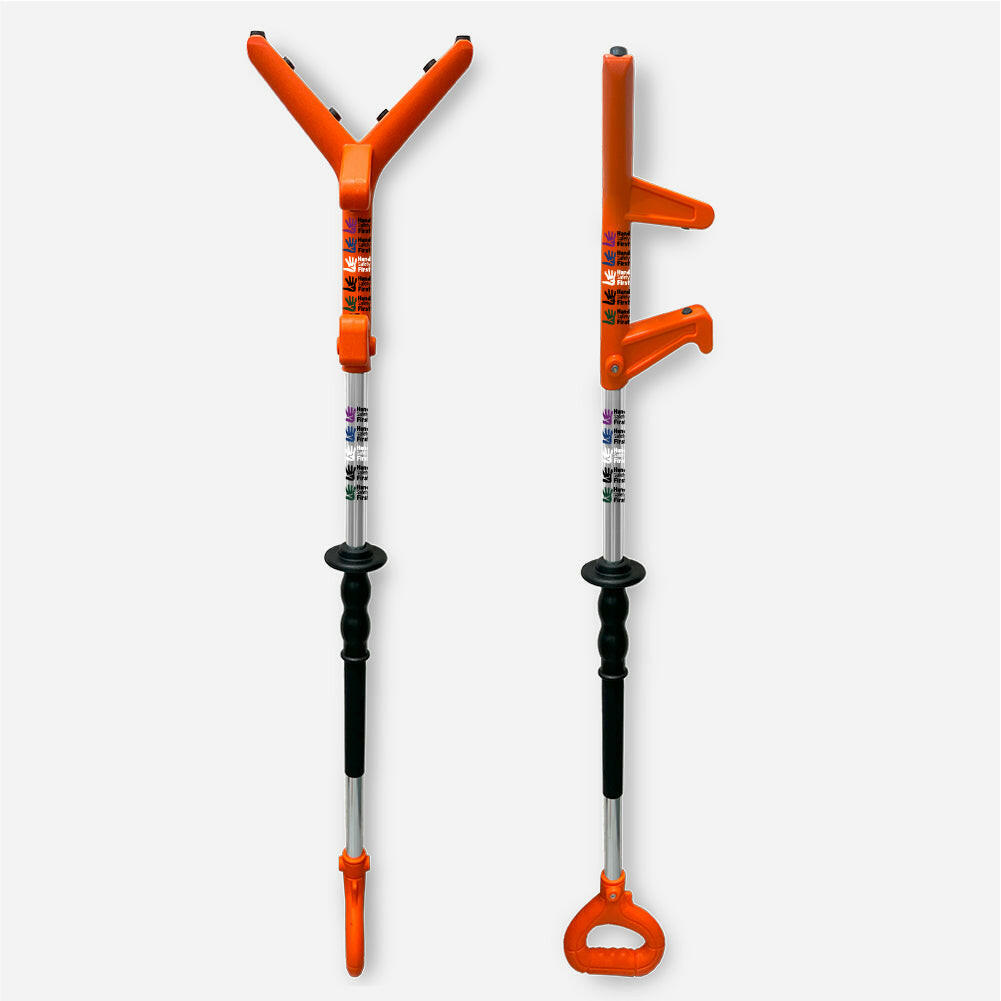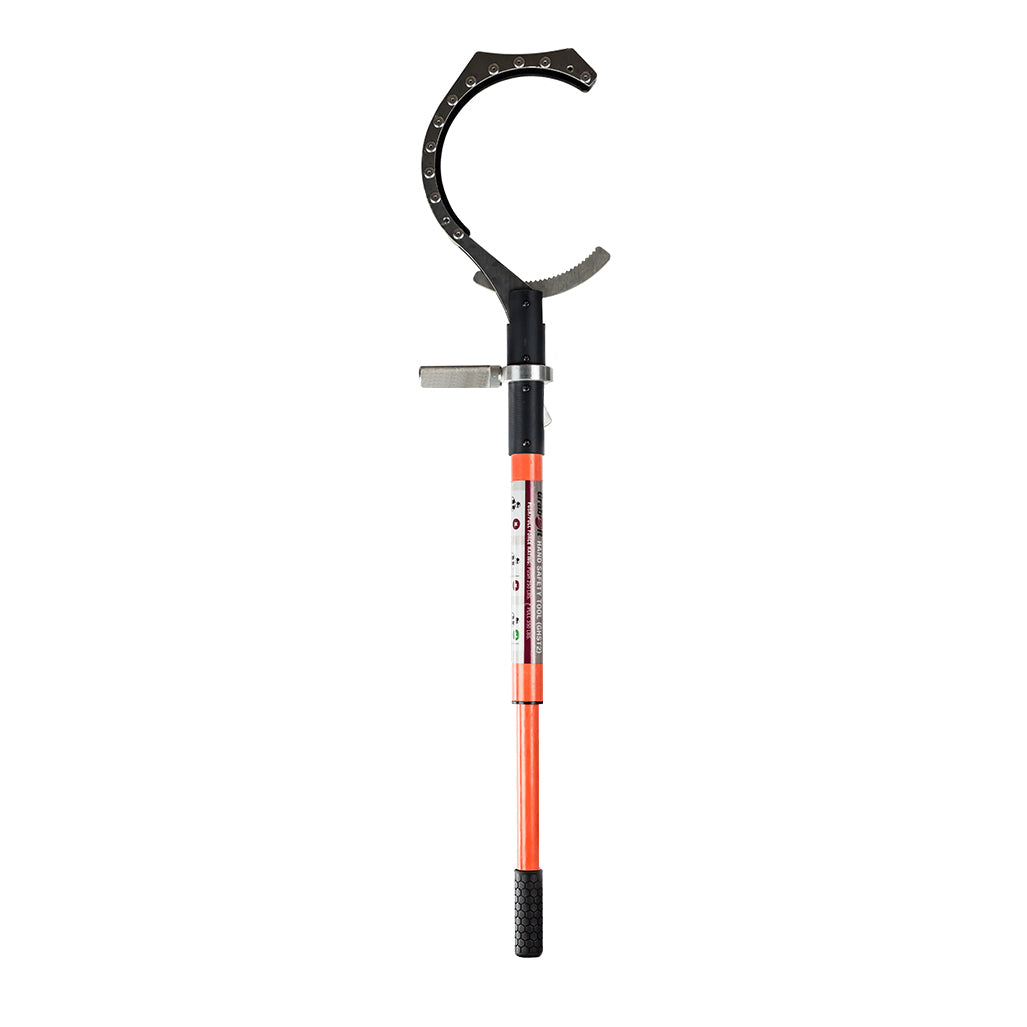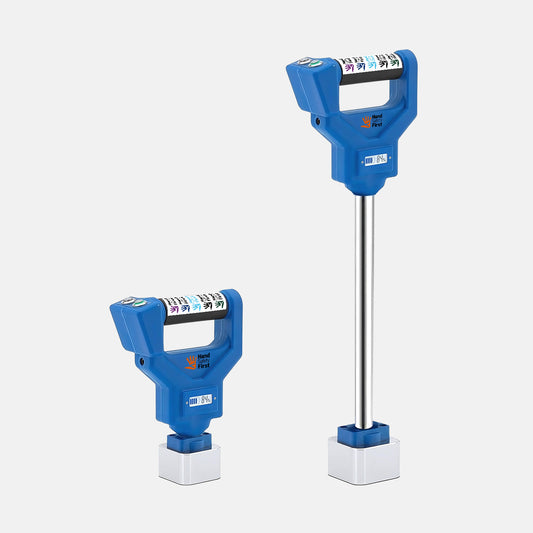
HSF - Hand Safety First - Hand Safety Tool -
When you think of Hand Safety - Think of Hand Safety First
Introduction
In high-risk industrial environments—like oil rigs, construction sites, and mining facilities—hand injuries are among the most common and preventable workplace accidents. Whether it’s positioning pipes, maneuvering suspended loads, or handling heavy tools, workers often put their hands dangerously close to pinch points. That’s where the push pull tool becomes an essential safety device.
A push pull tool allows workers to guide, push, and pull objects from a safe distance, significantly reducing the risk of crushed fingers, sprains, and serious injuries. But beyond its basic function, this versatile tool has multiple uses that every safety officer and site supervisor should understand.
What Is a Push Pull Tool?
A push pull tool is a long-reach safety device designed to move suspended or heavy loads without direct hand contact. These tools are widely used in lifting, rigging, and industrial maintenance tasks to minimize hand injuries and improve operational control.
According to OSHA reports, hand and finger injuries are among the most common workplace incidents. Push pull tools are a proactive solution to reduce these risks, making them essential for HSE compliance.

Top Uses of Push Pull Tools in 2025
Push pull tools are versatile. Here are the most common industrial uses:
1. Lifting and Rigging Support :
Used to guide loads suspended from cranes or hoists without direct contact.
2. Material Handling :
Ideal for repositioning heavy pipes, panels, or plates.
3. Line-of-Fire Avoidance :
Push or pull objects away from dangerous areas to keep workers safe.
4. Confined Space Operations :
Helpful in tight spaces where hand access is limited or risky.
5. Machine Maintenance :
Safely move jammed components or debris during machinery lockout/tagout.

Key Benefits of Using Push Pull Tools
Enhanced Safety – Keeps hands clear of pinch and crush zones.
Extended Reach – Minimizes the need to lean or stretch dangerously.
Better Load Control – Directs movement with accuracy.
Fewer Injuries – Reduces incidents involving slips, trips, and caught-in hazards.
Reusable & Durable – Built for repeated use in harsh environments.

How Push Pull Tools Improve Worksite Safety
According to NIOSH, many workplace accidents occur from manual load handling and line-of-fire hazards. Push pull tools:
1 . Eliminate direct human contact with suspended loads.
2 . Reduce the chance of finger crush, lacerations, and strain injuries.
3 . Are recommended in Job Safety Analysis (JSA) for rigging and lifting tasks.
Pro Tip: Always ensure the tool has a non-slip handle, is non-conductive, and is long enough for the task.
Common Mistakes When Using Push Pull Tools
Avoid these mistakes to ensure maximum safety:
Using a damaged or too-short tool
Applying excessive force, risking tool breakage.
Not training workers on proper handling.
Using push pull tools as levers or crowbars (not their intended purpose).
Best Practices for Using Push Pull Tools
1 . Inspect Before Use – Check for cracks, wear, or loose fittings.
2 . Use the Right Tool for the Task – Match length and tip design to the application.
3 . Train Employees – Conduct toolbox talks and hands-on demos.
4 . Store Properly – Hang or secure tools after use to prevent damage.
5 . Follow Manufacturer Guidelines – Adhere to safety instructions for load limits and usage.

FAQs About Push Pull Tools
Q: Can push pull tools be used in high-voltage areas?
A: Yes, if the tool is non-conductive and designed for electrical safety environments.
Q: Are push pull tools suitable for offshore rigs?
A: Absolutely. They're commonly used in oil & gas, maritime, and offshore environments due to their safety and corrosion resistance.
Q: How often should these tools be inspected?
A: Conduct visual checks before every use and full inspections monthly or per company policy.
Conclusion
Push pull tools are a must-have in any industry where safety around suspended or heavy loads is a concern. Their ability to reduce injury risk, improve handling, and comply with global safety standards makes them essential equipment for HSE officers and safety-conscious employers.
Ready to Make Hand Safety Your First Priority?
At Hand Safety First, we provide advanced hand safety solutions trusted by industries worldwide. Whether you're upgrading your tools or ensuring full HSE compliance, our expert team is here to help.
📞 Call us at +91 73861 10618
📧 Email: info@handsafetyfirst.com
🌐 Visit: www.handsafetyfirst.com
➡️ Contact us now for a free consultation or customized safety demo!
